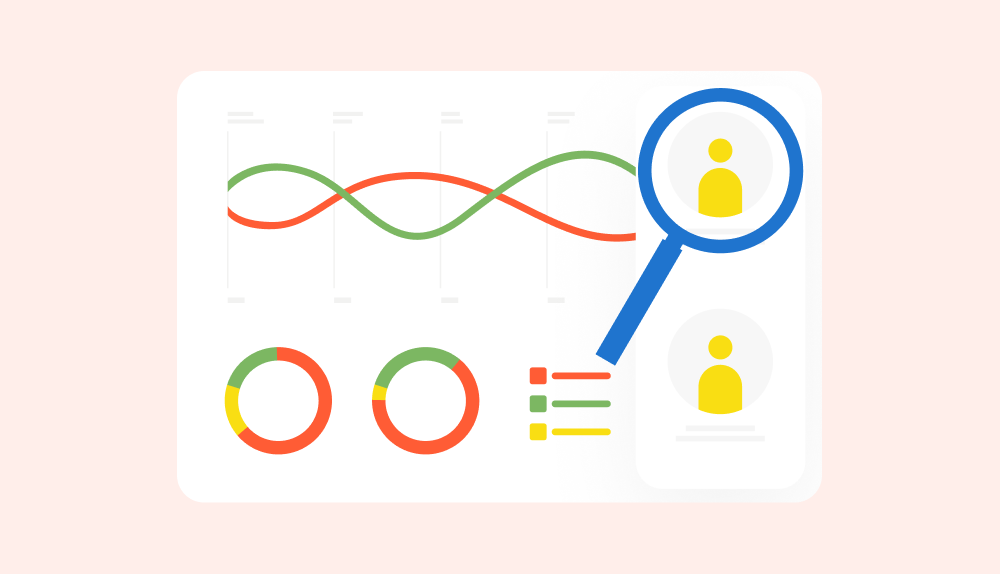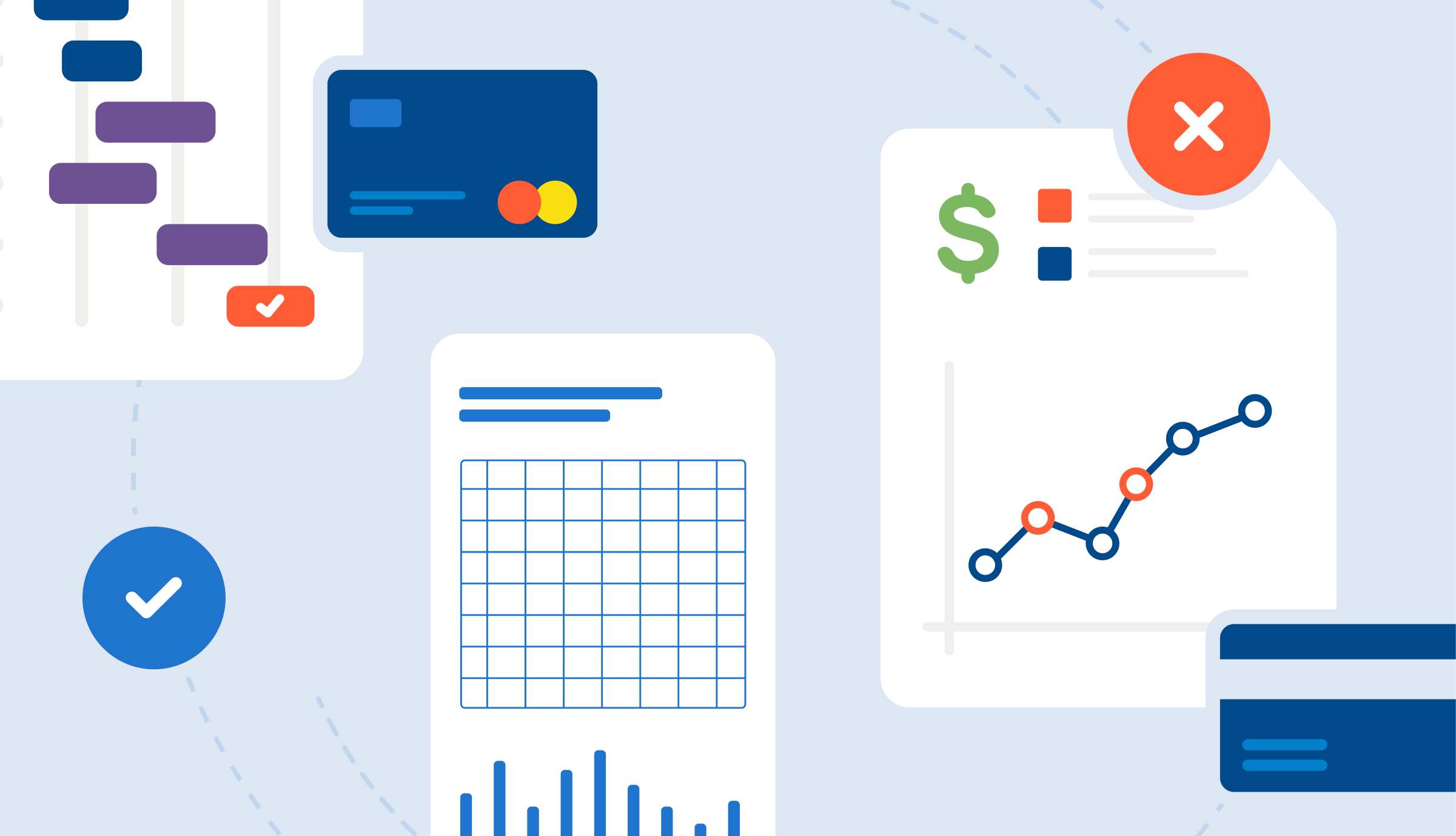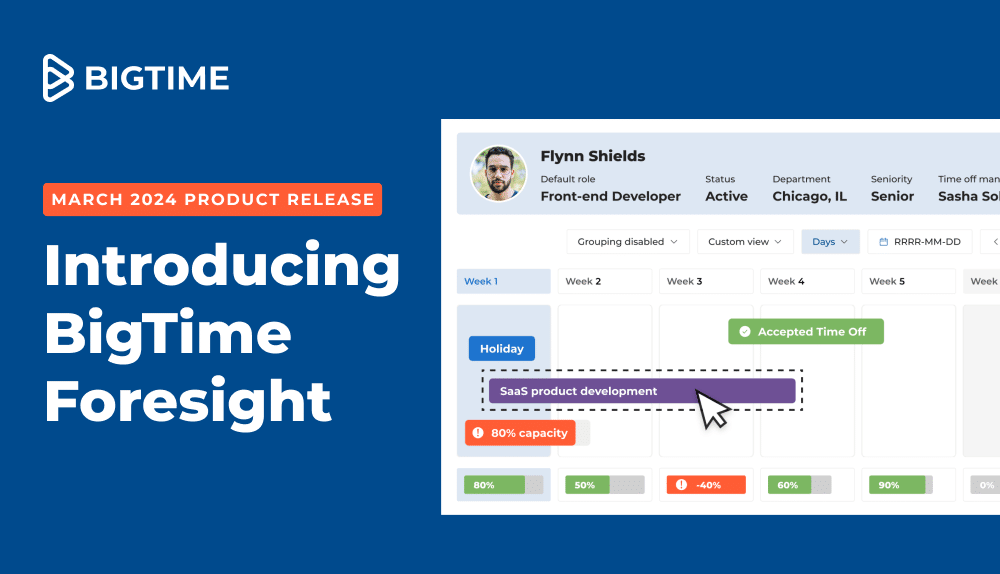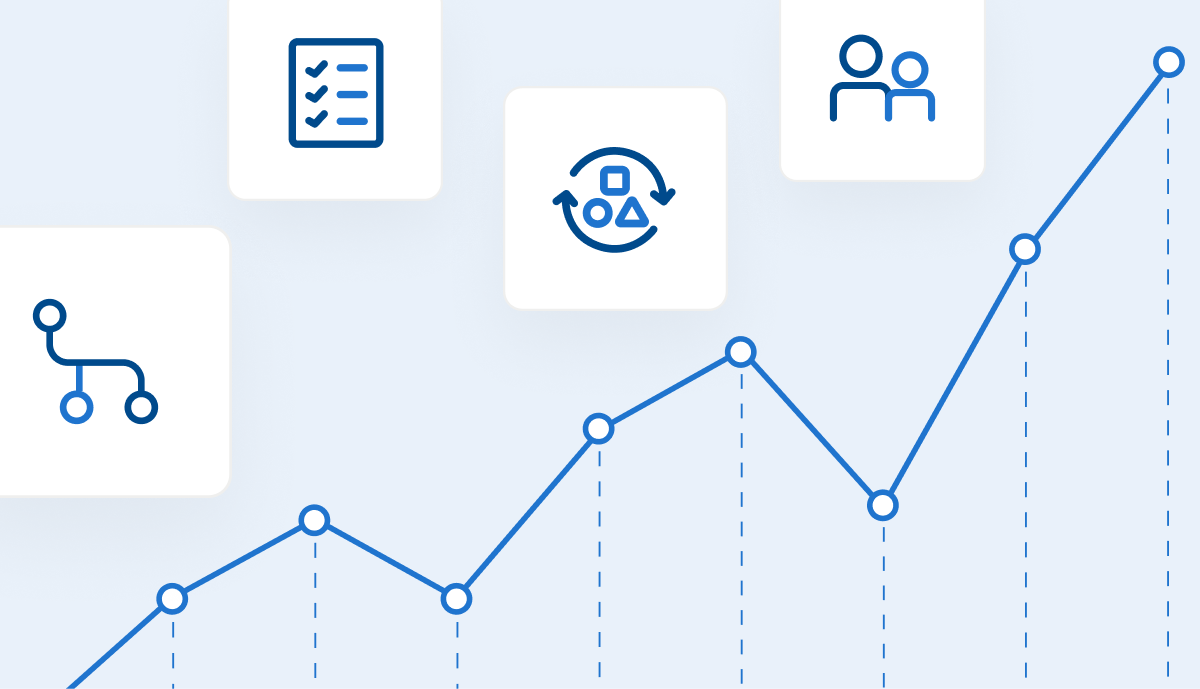Boosting project margins isn’t solely about increasing revenue — it’s about securing a brighter financial future for your projects and your firm. This approach allows you to invest in project resources, attract top talent, broaden project scopes, and tackle more ambitious projects, laying the groundwork for long-term success.
By forecasting project margins with resource planning software, organizations can pinpoint areas for improvement and optimize resource allocation, leading to informed decisions that enhance profitability and increase margins over time.
Sounds great, right? That’s why we’ve put together this article to guide professionals like you in forecasting project margins with the assistance of resource planning software, so you can start enjoying these benefits.
Project Margin Definition
A project margin refers to the difference between the revenue generated by a project and the total costs incurred in executing that project. It represents the profit earned from the project and is a key metric used to assess the financial performance and success of the project.
Project Margin vs Profit Margin: What’s the Difference?
For professional services, the distinction between project margin and profit margin is important. Project margin assesses the profitability of individual projects by comparing their earnings with costs incurred, offering insights into project-specific financial health.
On the other hand, profit margin evaluates the overall profitability of a professional services firm by comparing total earnings with total expenses, providing a broader view of the company’s financial standing.
How to Calculate Project Margin Percentage
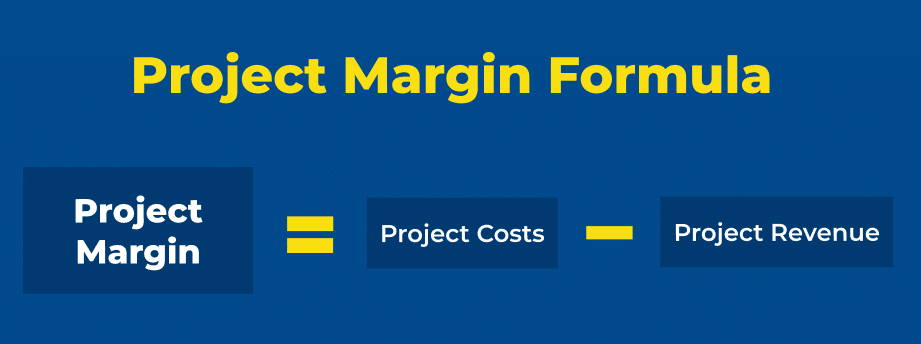
Where:
- Project revenue is the total income generated from the project.
- Project costs are all the expenses incurred in executing the project, including labor, materials, overhead costs, and any other direct or indirect expenses.
What’s a good project margin for a professional services company?
A good project margin for a professional services company typically varies depending on industry, market conditions, overhead costs, business objectives, and other factors.
However, as a general guideline, many professional services companies aim for project margins in the range of 20% to 30%.
This range allows for covering direct project costs, including labor, materials, and overhead, while also generating a reasonable profit. Some companies may achieve higher margins if they specialize in niche services or have optimized their operations for efficiency. On the flip side, other companies may operate with lower margins due to things like intense competition or high overhead expenses.
Why forecast project margins?
Forecasting project margins is crucial for professional services firms as it gives important insights for better financial management and decision-making.
By accurately predicting project margins, firms can:
Enhance financial planning: Forecasted margins allow firms to create precise budgets and allocate resources efficiently, ensuring that financial strategies align with business objectives.
Manage risks: Anticipating project margins enables firms to identify potential risks early, empowering them to implement proactive measures to mitigate challenges and safeguard profitability, even in uncertain market conditions.
Optimize resource allocation: Forecasting margins helps firms optimize resource allocation, minimizing waste and maximizing returns on investment.
Inform strategic decisions: Accurate margin forecasts inform strategic decisions across project management and business operations, guiding pricing strategies, resource allocation, and project prioritization to improve profitability and competitiveness.
Maintain client relationships: Realistic margin forecasts enable firms to set transparent expectations for clients regarding project timelines and costs, fostering trust and strengthening long-term relationships.
10 Ways Resource Planning Software Helps Forecast Project Margins
Resource planning is about assigning the right resources to the right project at the right time to have projects run smoothly and within budget. Resource planning ensures that projects are executed efficiently and effectively, ultimately contributing to the overall success of the organization.
Resource planning software, or more commonly known as resource management software is a must-have tool for professional services organizations. Acting as a single source of truth, this software lets users see what resources are available, assign tasks, track how resources are used, and monitor project progress. It also helps with planning, scheduling, and budgeting.

This tool helps organizations with so many aspects of their operations. However, you came here to learn about one benefit in particular — forecasting project margins.
Let’s get into it!
Resource planning software plays an important role in helping professional services firms forecast project margins effectively. Here’s how:
1. Unified Data for Margin Visibility
Fragmented data hampers accurate margin forecasting. Consolidating project-related data into a single platform offers a unified view of resource utilization, project costs, and revenue projections. This consolidated data enables managers to assess project margins accurately and make informed decisions.
2. Accurate Cost Projections
Inaccurate cost projections can skew project margin forecasts. Providing visibility into forecasted costs, including resource expenses and overheads, helps firms estimate margins more effectively and plan accordingly. Additionally, the ability to track historical cost data and compare it with actual expenses allows for continuous improvement in cost estimation accuracy.
3. Optimized Resource Allocation
Efficient resource allocation is essential for maximizing project margins. Facilitating skill-based resource assignments ensures that the right people are allocated to the right projects, minimizing unnecessary costs and improving project profitability. Advanced resource management software can consider factors such as employee expertise, availability, and preferences that can further enhance resource allocation efficiency.
4. Real-Time Margin Monitoring
Monitoring project margins in real time allows for proactive decision-making. Reporting and analytics tools enable managers to track project costs, revenue, and margins as projects progress. This real-time visibility enables timely adjustments to optimize margins and mitigate risks. Additionally, automated alerts can notify stakeholders of any deviations from expected margins, allowing for immediate corrective actions.
5. Scenario Planning for Margin Optimization
Margin forecasting often requires considering various scenarios and contingencies. Conducting scenario planning and simulating different resource allocation strategies, pricing models, and project outcomes, helps identify the most profitable paths and take proactive measures to optimize project margins. A scenario analysis tool can provide comprehensive what-if scenarios and enable firms to assess the impact of different influences on project margins accurately.
6. Capacity Planning
Understanding the team’s workload capacity is crucial. Analyzing factors such as employee availability, skill sets, and project timelines ensures optimal resource allocation, preventing overbooking or underutilization and contributing to accurate margin forecasting. Advanced capacity planning features that consider employee preferences and workload preferences can further improve resource allocation efficiency and employee satisfaction.

7. Data-Driven Decision-Making
Data-driven insights are highlighted through margin forecasting. Providing actionable insights derived from comprehensive data analysis empowers managers to make informed decisions that positively impact project margins. Whether adjusting resource allocations, revising pricing strategies, or optimizing project timelines, data-driven decision-making leads to improved project profits. Predictive analytics capabilities can forecast future margin trends based on historical data, allowing firms to proactively plan for potential changes.
8. Resource Availability Forecasting
Resource availability forecasting tools help firms predict resource availability based on criteria like planned leave, project commitments, and resource utilization rates. By accurately anticipating resource availability, firms can prevent overcommitting resources, reduce project delays, and optimize resource allocation, resulting in improved project margins.
9. Customizable Reporting and Dashboards
Customizable reporting and dashboard functionalities provide insights into project performance, resource utilization, and financial metrics. Tailoring reports and dashboards to specific business needs enables managers to gain actionable insights to optimize project margins and increase profits. These reporting capabilities empower stakeholders to access real-time data and generate customized reports, facilitating data-driven decision-making and improving overall business performance.
10. Client and Project Profitability Analysis
This feature helps firms assess the profitability of clients and projects based on revenue, costs, and resource usage. By identifying high-value clients and projects, firms can allocate resources wisely, maximizing profitability. It also highlights areas for improvement, such as cost reduction strategies, to enhance overall project margins and business performance.
Accurately and Easily Forecast Project Margins with BigTime Foresight
When choosing resource management software, prioritize simplicity without sacrificing effectiveness. BigTime Foresight is a resource management solution that was designed for professional services firms like yours to stay profitable and ahead of the curve. Foresight simplifies complex tasks, allowing users to efficiently manage resources, track project costs, and forecast project margins with precision. Explore BigTime Foresight here or schedule a demo below to see it in action.

Frequently Asked Questions About Project Margins
What is a project margin?
A project margin refers to the difference between the revenue generated from a project and the total costs incurred to complete that project. It represents the profitability of the project and is calculated by subtracting the total costs (including direct and indirect costs) from the total revenue.
What is margin in a project?
In a project, margin refers to the difference between the total revenue generated and the total costs incurred during its execution.
What is a good profit margin for a project?
A good profit margin for a project typically varies depending on factors such as industry standards, project complexity, and market conditions. Generally, a higher profit margin indicates better project profitability.
Can you forecast project margins?
With resource management software, you can forecast project margins by analyzing historical data, considering current project variables, and using predictive analytics to estimate future revenues and costs.

